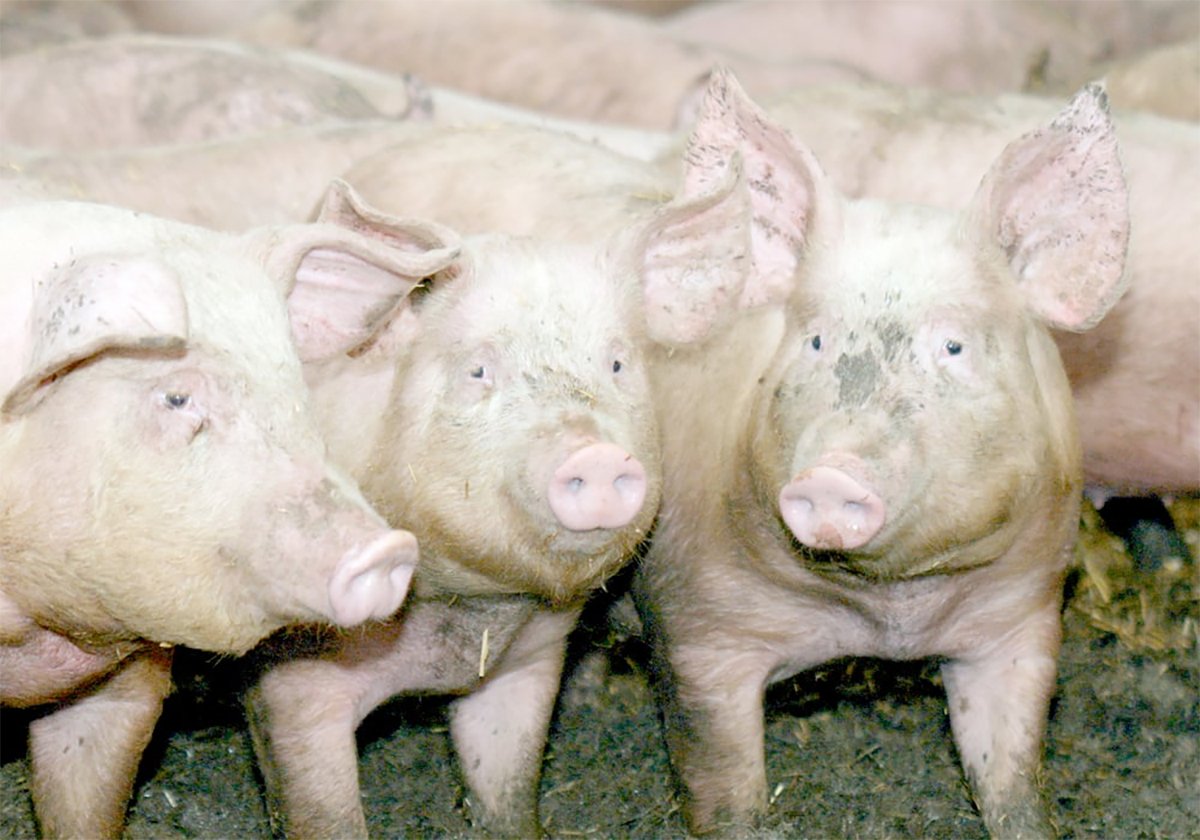DRAYTON VALLEY, Alta. – Genetic transfers are commonplace in the cattle industry but collecting semen and embryos from elk is somewhat trickier.
Breeding elk artificially is called a SHID operation – a shot in the dark, say some elk experts.
More than 500 elk breeders and potential elk farmers were given the latest news about this industry during a recent Alberta Venison Council show in Drayton Valley.
Martin Wenkoff of Canadian Genetics said artificial breeding is a good way to capitalize on superior sires and gives more people a chance to share the gene pool without the high costs of buying a top-ranked bull elk. It also accelerates elk production.
Read Also

The Western Producer Livestock Report – October 2, 2025
Western Producer Livestock Report for October 2, 2025. See U.S. & Canadian hog prices, Canadian bison & lamb market data and sale insight.
The artificial insemination conception rate ranges between 65 and 70 percent, an improvement over the 55 percent of several years ago, said Mike Bringans of New Zealand.
Proper methods crucial
“On some farms we’re getting 90 percent, other farms we’re getting 50 percent and that all relates to the farm practices rather than the actual semen.”
Bringans said it is difficult to tell when elk are in standing heat and ready to breed artificially. He has had some success with synchronizing their cycles using a vaginal sponge loaded with progesterone 14 days before AI. To improve conception rates the semen is put directly in the uterus rather than the cervix, said Bringans.
Ovulation has also been successfully stimulated using hormone injections.
Jerry Haigh of the University of Saskatchewan told producers that semen collection before Aug. 15 is fruitless. The bulls are sterile from April to the end of August, “and you can’t collect semen from every bull you bring in.”
Some bulls can’t be collected.
“If that bull just won’t produce after two or three attempts, you’ll have to front up with the vet’s fee and put it in the file for tough luck,” said Haigh.
Successful collections are analyzed for sperm motility and will be frozen and thawed to make sure the semen remains viable.
DNA typing helpful
Many breeders expose their females to a back-up bull 14 days after AI. By using DNA typing, parentage of offspring can be verified. Females can also be given an ultrasound at 40 to 60 days of pregnancy to check calving due date.
Even people who have done AI on cattle don’t always feel comfortable doing elk, said Wenkoff. He recommends the procedure be done by local veterinarians if they’ve had enough experience manipulating reproductive tracts and are familiar with elk.
Collecting eggs or trying to breed females that haven’t matured physically may often fail, so young elk shouldn’t be considered as AI candidates, said Wenkoff.
Embryo flushing of elk started in the mid-1980s with good success. Five or six embryos at a time could be removed at a time. Then the manufacturer of the superovulation drug changed the formula and the gathering of eggs dropped to one per cow, said Wenkoff.
With demand for more elk embryos, he said scientists are now looking at in-vitro fertilization as an alternative to flushing.

















